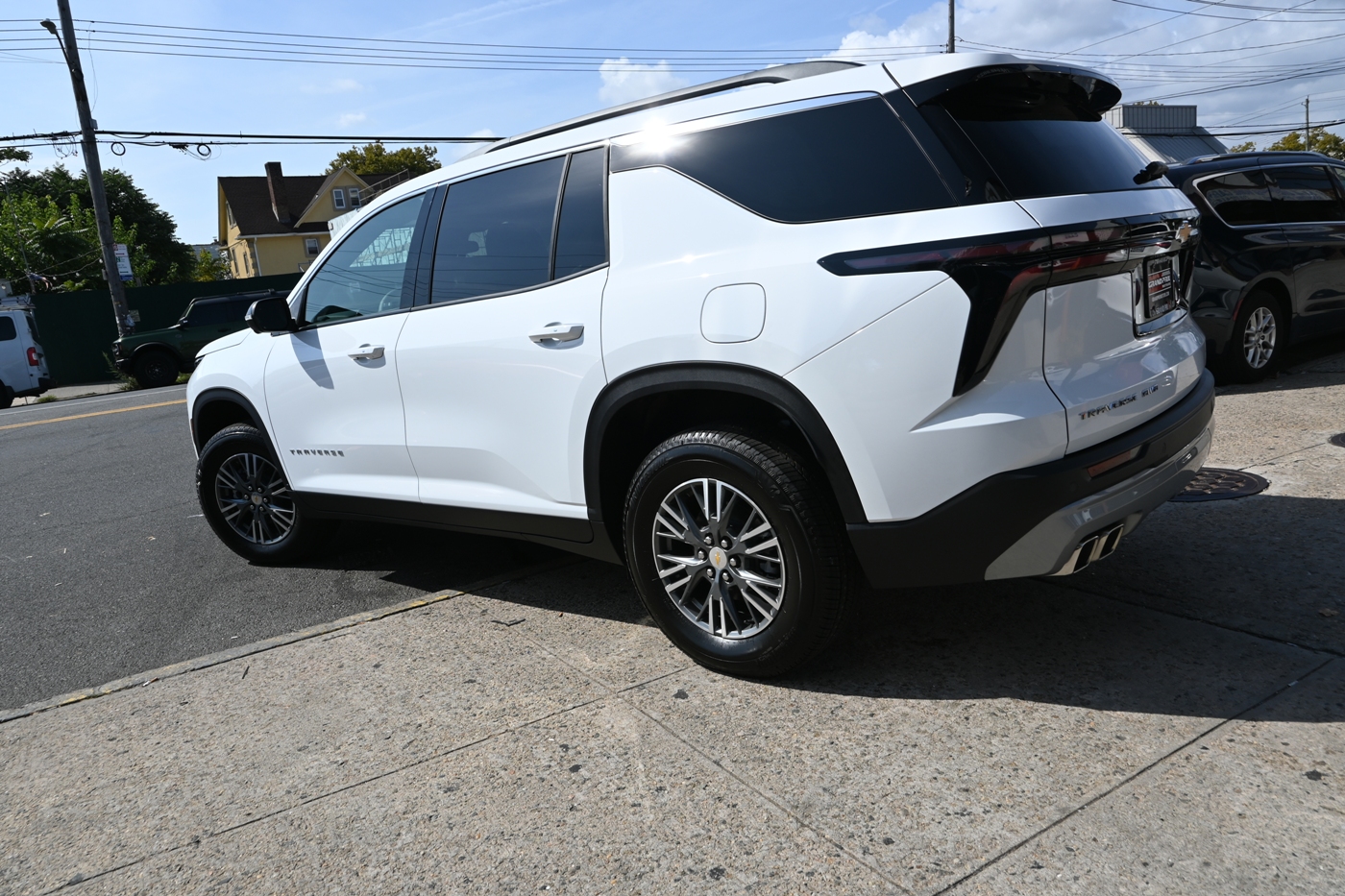As your car lease comes to an end, understanding your lease return options is crucial to avoid unexpected fees and ensure a smooth transition. Whether you’re returning the vehicle, preparing for an early return, or planning to purchase the car, knowing the process can save you time, money, and stress. Here’s what you need to know:
The Lease Return Process
Returning a leased vehicle is straightforward, but preparation is key. Here’s how the process typically works:
- Inspection: Most leasing companies will conduct a pre-return inspection to evaluate the car’s condition. They’ll check for excessive wear and tear, mileage overages, and any damages.
- Schedule a Return Appointment: Contact your dealership or leasing company to schedule a return date.
- Documentation: Bring all necessary documents, including the lease agreement, keys, and maintenance records.
- Final Evaluation: Once the car is returned, the dealership will conduct a final inspection and settle any outstanding charges.
Early Lease Returns
If you need to return your leased car before the end of the lease term, there are a few things to consider:
- Early Termination Fees: Most lease agreements include penalties for ending the lease early. These fees can be substantial, so review your contract carefully.
- Lease Transfers: Some companies allow you to transfer your lease to another person, avoiding early termination fees.
- Trade-In Option: You may be able to trade in your leased car for a new lease or purchase, especially if the dealership offers special programs for early returns.
How to Prepare Your Car for Return
Proper preparation can help you avoid excess charges during the return process:
- Inspect the Vehicle Yourself: Check for any scratches, dents, or other damage that might incur fees. Minor cosmetic issues should be repaired beforehand.
- Clean Thoroughly: Have the car professionally cleaned, both inside and out, to leave it in the best possible condition.
- Check the Mileage: Ensure you haven’t exceeded the mileage limit in your lease agreement. If you have, be prepared to pay overage fees.
- Verify All Features: Make sure all equipment that came with the car (e.g., spare keys, floor mats, manuals) is intact and functional. Missing items may result in charges.
Your Options at Lease End
- Return the Car: The most common choice is to return the car to the dealership. You’ll need to settle any outstanding fees, including wear and tear or mileage overages.
- Lease a New Car: Many leasing companies offer loyalty programs or incentives for signing a new lease when you return your current car.
- Purchase the Vehicle: If you’ve grown attached to the car, you may have the option to buy it at the predetermined residual value listed in your lease agreement.
Tips for a Smooth Lease Return
- Start Early: Begin preparing for the return a few months before your lease ends to address any potential issues.
- Know Your Contract: Understand the terms of your lease, including wear-and-tear guidelines and mileage limits.
- Communicate with the Dealership: Stay in touch with your dealership to clarify the return process and discuss your options.
Conclusion
Returning a leased vehicle doesn’t have to be complicated if you’re informed and prepared. Whether you’re sticking with your current car, upgrading to a new lease, or simply moving on, understanding the lease return options will make the process stress-free and cost-effective. By following these steps and reviewing your lease terms, you’ll ensure a smooth transition that works best for your needs.

